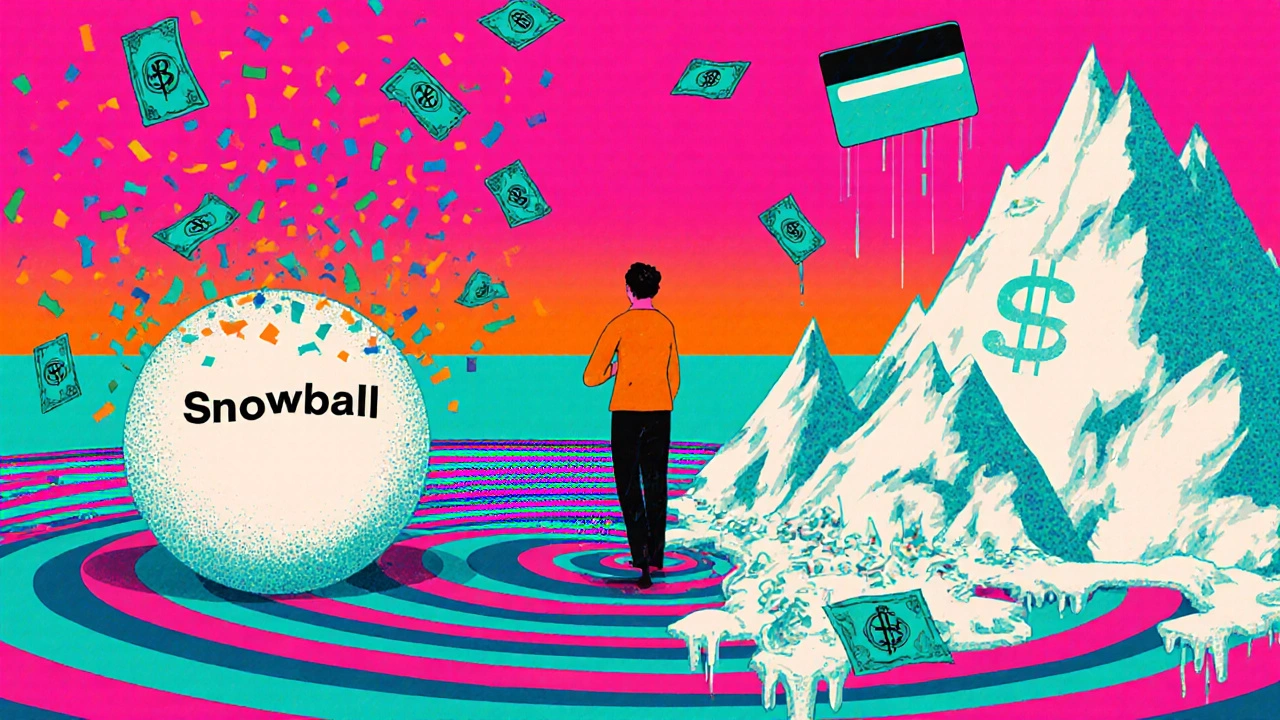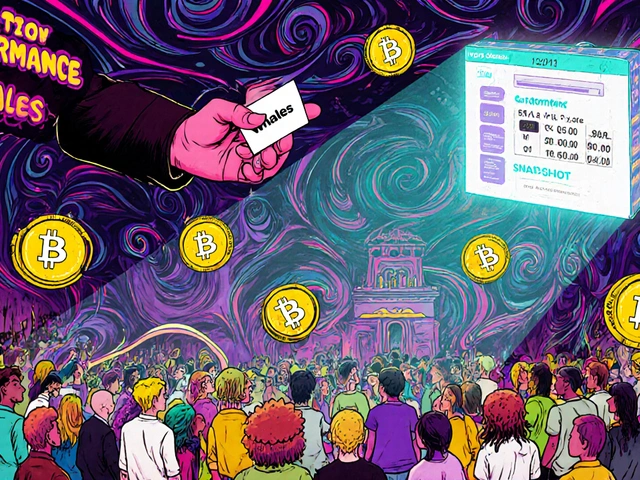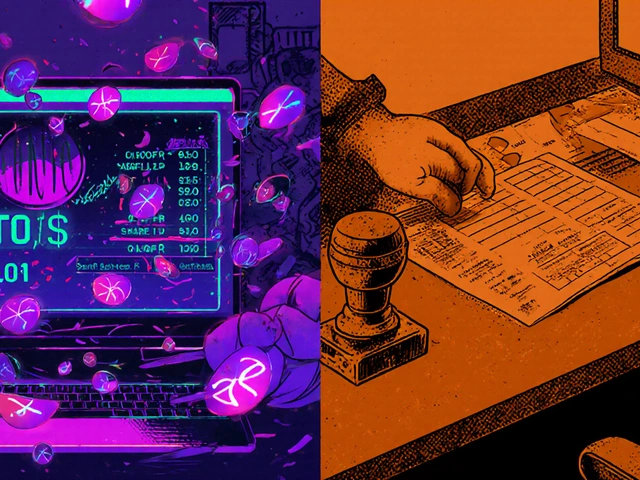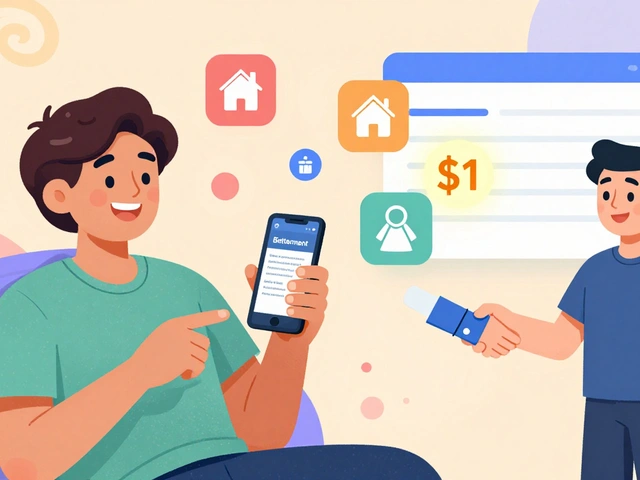Debt Avalanche: Pay Off Debt Faster with This Proven Strategy
When you’re stuck in a cycle of minimum payments and rising interest, the debt avalanche, a debt repayment method that targets high-interest debts first to save the most money over time. Also known as the highest-interest-first method, it’s the math-backed way to get out of debt quicker and pay less in the long run. Unlike the snowball method, which focuses on small balances for quick wins, the debt avalanche goes straight for the costliest debts—credit cards, personal loans, payday loans—anything with a high APR. This isn’t about feeling good right away; it’s about saving thousands.
Here’s how it works: list every debt you have, from highest interest rate to lowest. Put every extra dollar you can toward the top one while making minimum payments on the rest. Once that debt is gone, roll the full payment over to the next one. The compound effect is real. For example, if you owe $5,000 on a credit card at 24% APR and $3,000 at 12%, paying off the 24% card first saves you over $1,200 in interest compared to tackling the smaller balance. That’s not theory—it’s what people on Reddit, personal finance blogs, and even IRS tax return data have confirmed over the last decade.
The snowball method, a debt repayment strategy that prioritizes smallest balances first for psychological motivation. Also known as debt snowball, it’s popular because it gives early wins—but it costs more in interest. The high-interest debt, any loan or credit line with an APR above 10%, typically credit cards, payday loans, or unsecured personal loans. Also known as costly debt, it’s the engine that keeps you trapped. The debt avalanche cuts that engine off first. And if you’re using digital banks or apps to track spending, you can automate the extra payments. Some neobanks even let you round up purchases and send the spare change to debt.
You don’t need a big income to make this work. You just need to be honest about what you spend. A $200 monthly credit card payment becomes $400 when you redirect your gym membership savings or skip takeout for two weeks. The debt avalanche doesn’t care how much you make—it cares how much you redirect. And when you finish one debt, you gain momentum. That extra payment you were making on the credit card? Now it’s attacking the student loan. Then the car payment. Each payoff isn’t just a number going to zero—it’s a new monthly cash flow you get back.
People who use this method don’t just pay off debt—they rebuild their relationship with money. They stop seeing payments as punishments and start seeing them as power moves. You’ll find stories in our posts of teachers, nurses, and gig workers who cleared $50K in five years using this exact approach. No windfalls. No inheritance. Just consistency, a spreadsheet, and the discipline to keep going when it’s hard.





